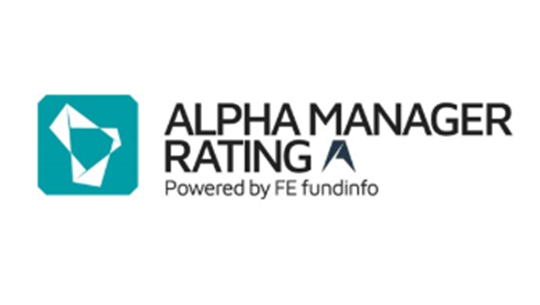Major news for the funds industry came out of Europe last month (May) when three fund markets were added to the European Fund Classification (EFC) system.
And while the average person on the street won’t hear of this news, it has caused quite a stir in the European fund market as almost 27,000 new share classes were added to the EFC; providing almost complete coverage of all funds in France, Italy and the United Kingdom.
It's a remarkable piece of work that’s been undertaken but what does it actually mean for the industry?
What is the EFC
A simple way to think of it is that the European Fund Classification is a pan-European classification system, allowing users to find and compare funds like for like.
The EFC was developed by a task force of the European Fund and Asset Management Association (EFAMA) – called the European Fund Categorisation Forum (EFCF) – who act as the coordinating agent and orchestrator of the EFC.
Think of it like this. It’s a system that has been set-up by fund managers, for fund managers. What makes the EFC truly unique is that, unlike other classification structures, the EFC is owned and managed solely by the fund industry, making it completely free from any commercial influence. It offers a fully transparent classification process that is entirely cost-free, with the results publicly available to all.
Within the EFC there are two types of classifications: verified and indicative
The verified classification – which is the five-star version – is where fund managers provide their asset holdings of their fund range to the classification administrator (FE fundinfo). FE fundinfo then classifies funds according to transparent and well-defined criteria. The classifications are then reviewed on a quarterly basis to ensure that funds adhere to the criteria. At the time of writing, more than 7,100 funds have verified classifications.
The second type of classification is indicative. This can be seen as a stepping-off point towards the verified classification and it’s meant to give an indication of what the fund’s classification would be based on the investment policy described in the fund literature. Currently, the EFC contains over 12,000 funds in the indicative classification category.
What issue does EFC resolve?
The mission at the heart of our work on the EFC scheme is to help investors – and the wider European funds industry – to find and compare similar fund peer groups in a meaningful way by allowing investors and their advisers to compare funds across different European jurisdictions consistently.
The EFC’s main categories are split into six groups: equity, bond, multi-asset, money market, Absolute Return Innovation Strategies and other. Further segmentation according to other characteristics include country/region, industry sector, market cap, currency exposure and credit quality which enable investors to drill down into groups of similar funds.
To ensure the process run smoothly, FE fundinfo acts as the EFC’s appointed administrator. This is an important role within the process as FE fundinfo’s produces a trusted source of data freely available to the market and engages with fund groups to guide them through the process from data onboarding to reviewing the result.
Investor confidence in the scheme is critical and for this reason, FE fundinfo – as the administrator – conducts a quarterly holdings analysis to ensure that funds in the different categories are meeting the parameters of the category definition. This is what sets the EFC approach apart from other classification schemes and gives an additional level of comfort to investors.
FE fundinfo’s role is to produce a trusted source of data freely available to the market, engaging with fund groups to guide through the process from data onboarding to reviewing the result.
What does the future hold for the EFC
The first thing is that the EFC continues to move with the ever-changing times, including looking at the potential integration of cryptocurrency; a subject that the EFC Task Force very much has on its radar.
That aside, the EFC also aims to continue to grow its fund coverage by mapping any data gaps. From that, it will then reach out to fund managers and look to convince them to have their funds classified.
When we look at the dramatic rise of the EFC from its humble beginnings in 2017 it had just 20,000 share classes. Step forward to 2023, and that figure has reached 115,000. With that level of increase, just imagine what that figure could be by 2030!
For more information about the EFC click here.
---
Steven Kennedy, Senior PR Manager, FE fundinfo


